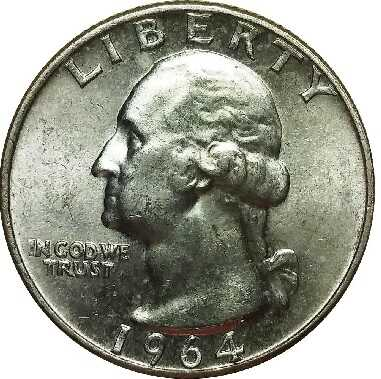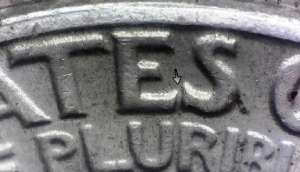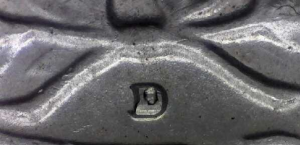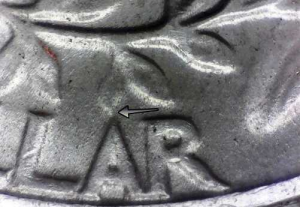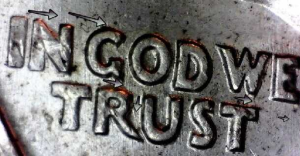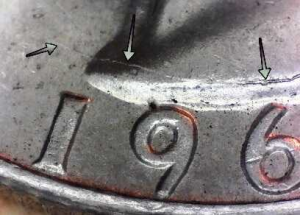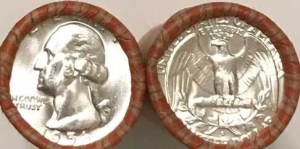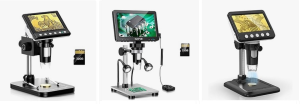1964 Quarter Errors, Varieties, and Values
1964 silver quarter value. Coin errors and varieties are rare collectable coins. However, no one knows exactly how many 1964 Washington with the reverse of 1965 quarter dollars were struck, but they’ve been found also.
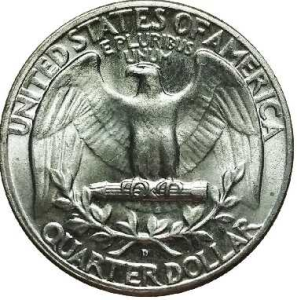
Furthermore, they’re very valuable American quarters and not a lot of people know it. Keep reading and learn about rare 1964 quarter value and variety types and which is the rarest.
Silver Quarters
For instance, also called Type C Reverse, or (RDV-003,) the 90 percent silver coins display crisp feather detail on the eagle. Furthermore, the design change initiated was to accommodate striking 1965 Washington quarter dollars on a copper-nickel clad planchet.
1965 silver quarters are extremely valuable for this mix up also. For instance, coin dies intended to strike copper-nickel clad coins were instead impressed with a D Mint mark and used to strike silver counterparts.” – coinworld.com.
Transitional Error Coins
“Three transitional reverse styles exist among 1964 silver quarters. They are the Type A (normal), Type B (meant for proof dies), and Type C (meant for use in 1965).” – error-ref.com.
Moreover, Type C is the only transitional reverse. Study more about Washington Quarters Reverse Design Varieties (RDV,) made available by the California State Numismatic Association. -rarest.org
Valuable 1964 Silver Quarters
Furthermore, the final year Washington quarters were produced with 90% silver was in 1964. However, 1965 quarters mistakenly struck on silver planchets also exist. Moreover, those quarters are just as coveted!
1964 Quarter Values
For instance, a 1964-D 25C Type C Rev FS-901 graded MS66, sold for $2350.00.However, a 1965 Washington Quarter Struck on 90% Silver Planchet graded AU53, had an asking price of more than $6,000.00!
Silver Quarter Price
Furthermore, the 1964-D Type C die variety is scarce, therefore even the lowest grades have higher premiums. All 1964 Quarters, regardless of grade, are worth more than face value due to their silver metal content.
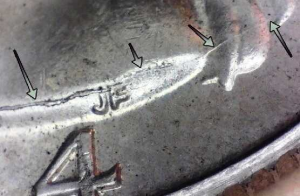
Observe the asking prices of silver quarters for sale on Amazon. Furthermore, observe the listings on ebay to get an idea of current market prices. Moreover, 1964 quarters with errors or that are varieties increase their value.
1964-D RPM D/D Repunched Mint Mark Quarter Coin
A repunched mint mark occurs when the letter punch used to punch the mint mark into the die leaves two or more offset impressions. Moreover, those impressions overlap. However, a completely separate secondary mint mark is a rarity. – ERROR-REF
Furthermore, comparable images of a 1964-D Washington quarter RPM D/D Mint mark variety. Repunched mint mark silver quarters are observable via varietyvista.com.
Silver Coin Errors and Varieties
Die cracks and chips are common on coins, and those markings are how varieties get their name. For instance, the bird with the twig quarter is a die gouge.
Moreover, the 1964 is no exception. Die markings are useful for determining the age or stage of a die. Die cracks and breaks that earn nicknames become highly sought after. For instance, observe the 2008 Alaska “extra claw” quarter.
If you’re internet savvy, then observe how others list their coins on ebay to get an idea for how to list yours. Furthermore, if you’re not comfortable listing for yourself, then find a local coin shop or dealer to appraise your coin and possibly consign with.
Finally, this website is a partnered associate and contains affiliate links, which enable me to earn commissions from various partners. Full disclosure is available here. Partners include Ebay, Amazon, Google Adsense, and others.
